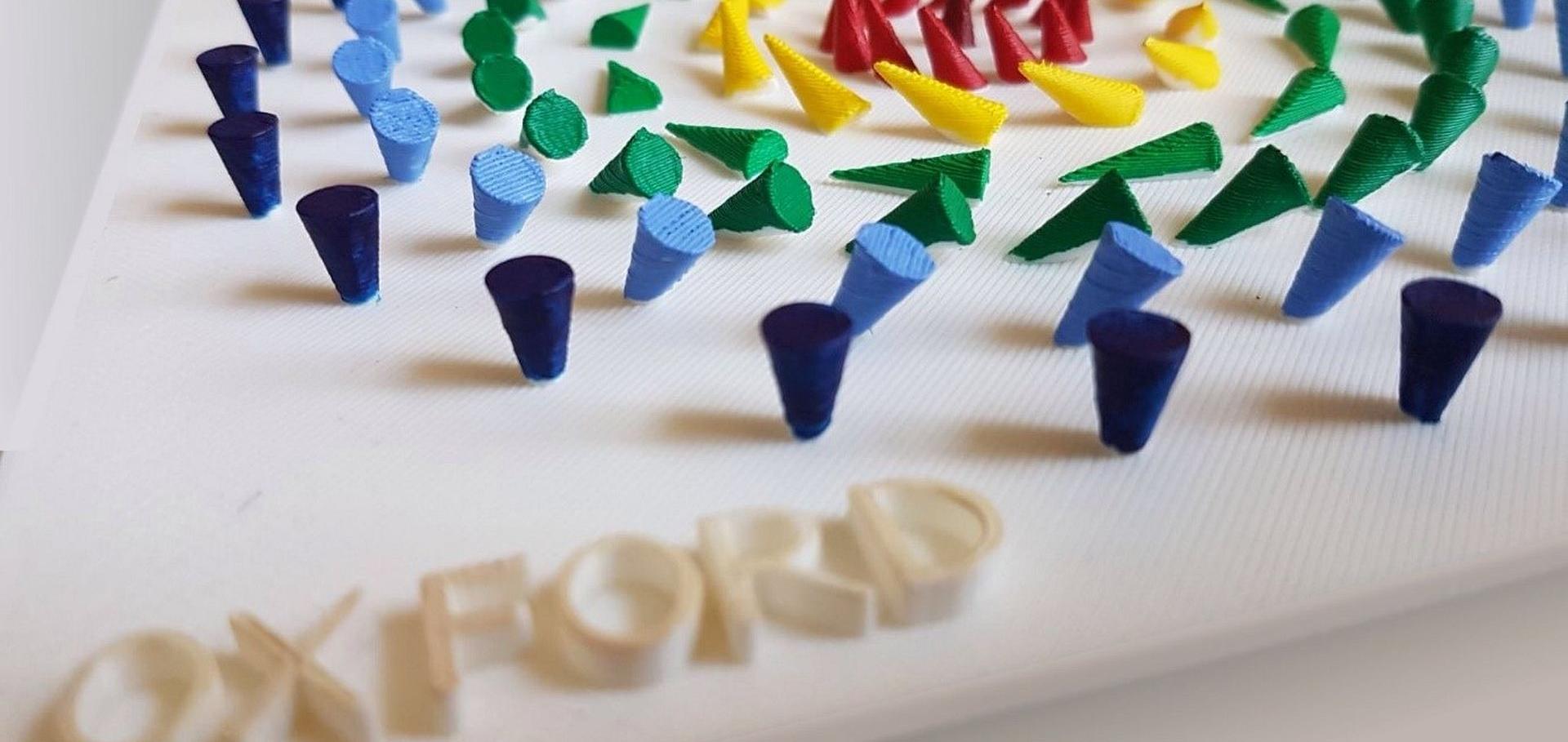Oriented Three-Dimensional Magnetic Biskyrmion in MnNiGa Bulk Crystals
Advanced Materials Wiley (2019)
Temperature dependence of the ferromagnetic response in CrxSb2-xTe3 topological insulator thin films investigated using terahertz spectroscopy and magneto-transport
Proceedings of SPIE Society of Photo-Optical Instrumentation Engineers 10917:2019 (2019)
Oriented Three-Dimensional Magnetic Biskyrmion in MnNiGa Bulk Crystals
(2019)
Anatomy of skyrmionic textures in magnetic multilayers
Advanced Materials Wiley 31:14 (2019) 1807683
Abstract:
Room temperature magnetic skyrmions in magnetic multilayers are considered as information carriers for future spintronic applications. Currently, a detailed understanding of the skyrmion stabilization mechanisms is still lacking in these systems. To gain more insight, it is first and foremost essential to determine the full real‐space spin configuration. Here, two advanced X‐ray techniques are applied, based on magnetic circular dichroism, to investigate the spin textures of skyrmions in [Ta/CoFeB/MgO] n multilayers. First, by using ptychography, a high‐resolution diffraction imaging technique, the 2D out‐of‐plane spin profile of skyrmions with a spatial resolution of 10 nm is determined. Second, by performing circular dichroism in resonant elastic X‐ray scattering, it is demonstrated that the chirality of the magnetic structure undergoes a depth‐dependent evolution. This suggests that the skyrmion structure is a complex 3D structure rather than an identical planar texture throughout the layer stack. The analyses of the spin textures confirm the theoretical predictions that the dipole–dipole interactions together with the external magnetic field play an important role in stabilizing sub‐100 nm diameter skyrmions and the hybrid structure of the skyrmion domain wall. This combined X‐ray‐based approach opens the door for in‐depth studies of magnetic skyrmion systems, which allows for precise engineering of optimized skyrmion heterostructures.Skyrmions in anisotropic magnetic fields: strain and defect driven dynamics
MRS Advances Cambridge University Press 4:11-12 (2019) 643-650


